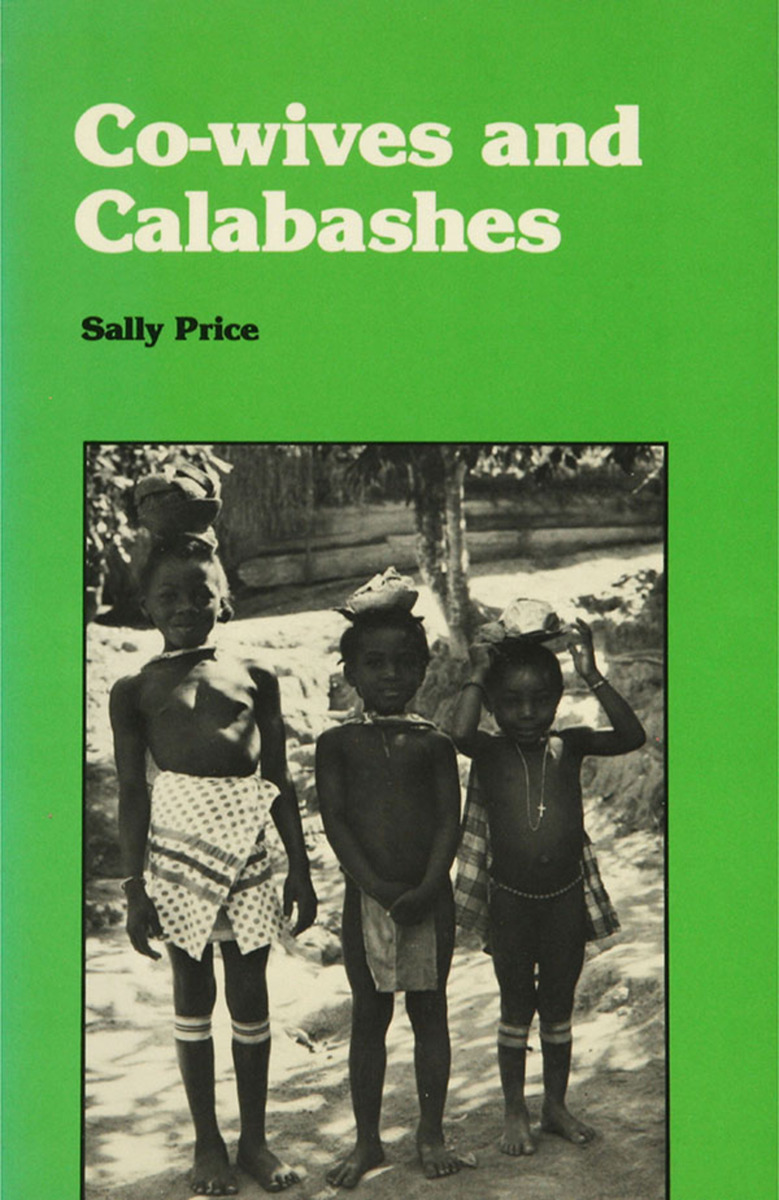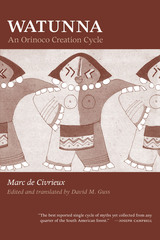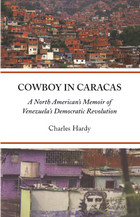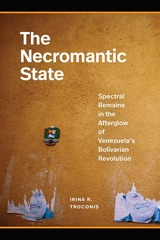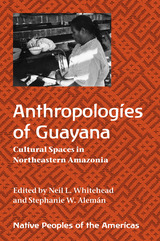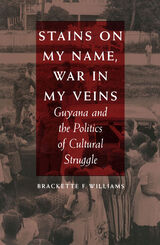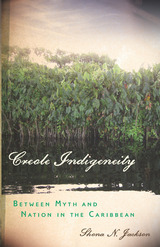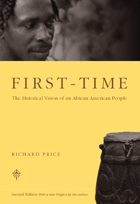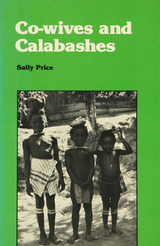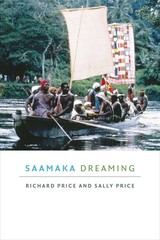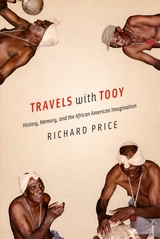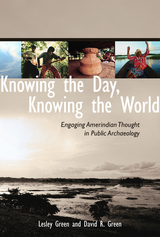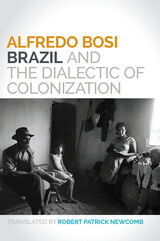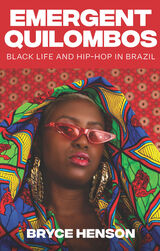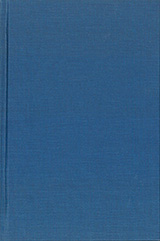Co-wives and Calabashes
University of Michigan Press, 1984
Cloth: 978-0-472-10045-3 | Paper: 978-0-472-08045-8 | eISBN: 978-0-472-22388-6 (standard)
Library of Congress Classification F2431.S27P74 1984
Dewey Decimal Classification 305.488960883
Cloth: 978-0-472-10045-3 | Paper: 978-0-472-08045-8 | eISBN: 978-0-472-22388-6 (standard)
Library of Congress Classification F2431.S27P74 1984
Dewey Decimal Classification 305.488960883
ABOUT THIS BOOK | AUTHOR BIOGRAPHY | REVIEWS | REQUEST ACCESSIBLE FILE
ABOUT THIS BOOK
A fascinating exploration into the world of the Saramaka Maroons of the Suriname rain forest, Co-wives and Calabashes examines the status of women in this polygynous and matrilineal society as reflected in its social structure and in its art. The product of seventeen years of research, the book draws upon a rich variety of resources — from bawdy popular songs to dusty museum artifacts, from animated gossip sessions to comprehensive social statistics — to reveal the complex ways in which notions of gender, patterns of marriage, and the cultural definition of art are interrelated.
See other books on: African American & Black Studies | Price, Sally | Saramacca (Surinamese people) | Social life and customs | Suriname
See other titles from University of Michigan Press
